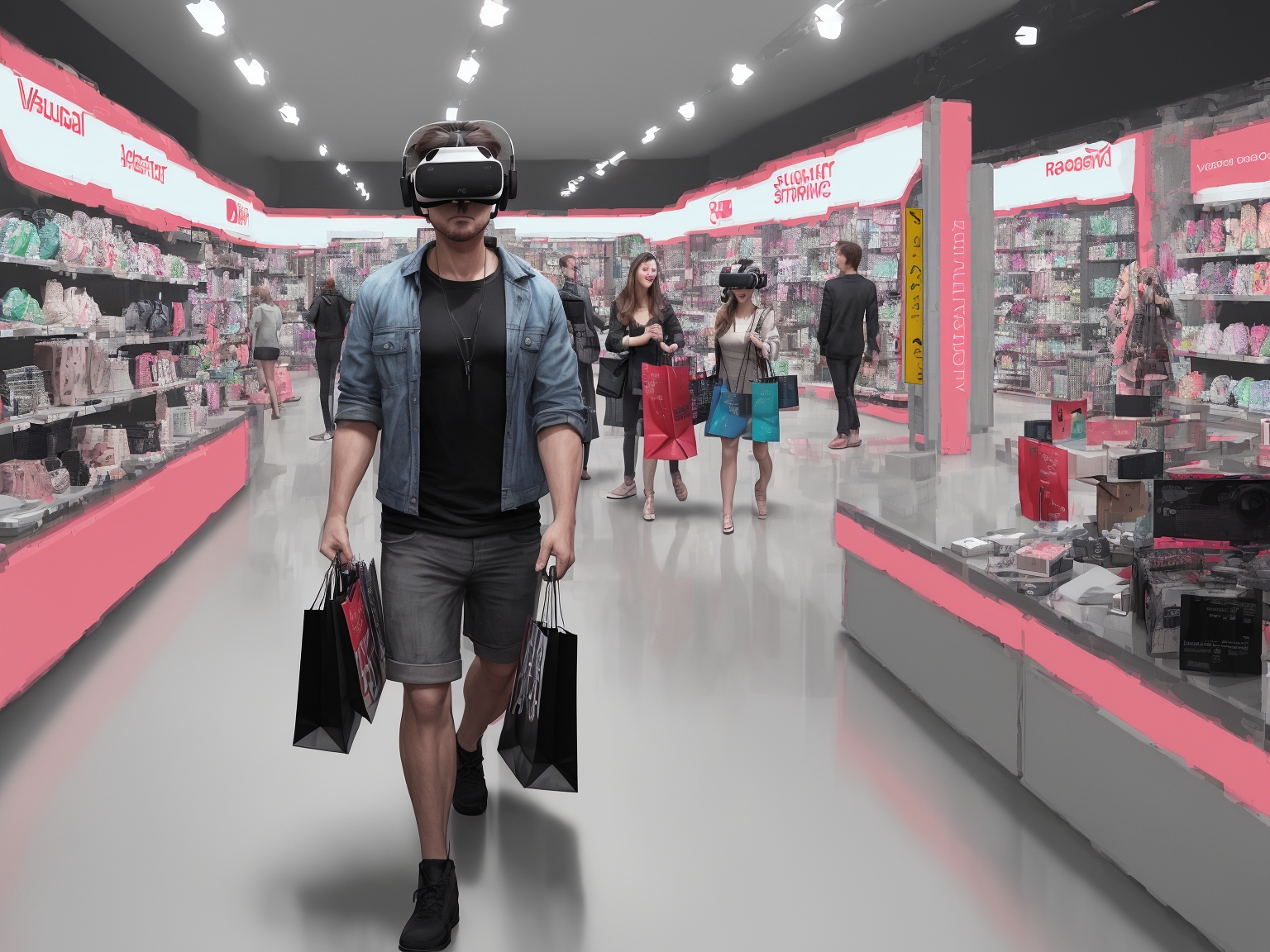Title: **Immersive Shopping: Exploring the Virtual Reality Shopping Experience**
**Introduction**
Welcome to a new era of retail therapy! In this blog post, we’ll be diving deep into the fascinating world of virtual reality shopping experience. Get ready to explore an engaging, interactive, and incredibly immersive way to shop that is about to revolutionize your shopping habits.
**What is Virtual Reality Shopping Experience?**
– A cutting-edge technology that allows customers to ‘walk’ through digital stores from the comfort of their homes
– Enhances customer experience by creating a lifelike, interactive environment for browsing and purchasing products
– Offers an engaging, immersive shopping experience that bridges the gap between online and brick-and-mortar retail
**Why Virtual Reality Shopping Experience Matters**
– Eliminates geographical barriers, allowing customers from anywhere to shop with ease
– Reduces overhead costs for businesses by eliminating the need for physical stores
– Allows for a personalized shopping experience tailored to individual preferences and needs
– Enhances customer engagement by offering interactive product demonstrations and virtual try-ons
**How VR Shopping Works**
1. Customers don VR headsets or use VR-enabled devices (smartphones, tablets)
2. They navigate through a digital store, interacting with products as they would in a physical store
3. Virtual assistants offer assistance and product recommendations
4. Customers can virtually try on clothing, test drive cars, or view homes for sale, among other applications
5. Purchases are made securely through the VR platform or a linked online store
**FAQs about Virtual Reality Shopping Experience**
**Q1: Is virtual reality shopping experience available now?**
A1: While not yet mainstream, several companies have begun experimenting with VR shopping. IKEA and Sephora are notable examples.
**Q2: Do I need a VR headset to shop virtually?**
A2: Yes, for the full immersive experience, you’ll need a compatible VR headset. However, some companies offer mobile-based VR shopping experiences.
**Q3: Is virtual reality shopping secure?**
A3: Just like traditional online shopping, virtual reality shopping employs the latest in security measures to ensure safe transactions.
**Conclusion**
Virtual reality shopping experience is set to transform retail as we know it. By offering an engaging, interactive, and immersive shopping environment, this technology promises to redefine customer expectations for online retail. As VR continues to advance, the possibilities for innovative shopping experiences are virtually endless!
Stay tuned for our next blog post where we’ll explore the future of virtual reality shopping experience in depth. Happy shopping in the digital world!









